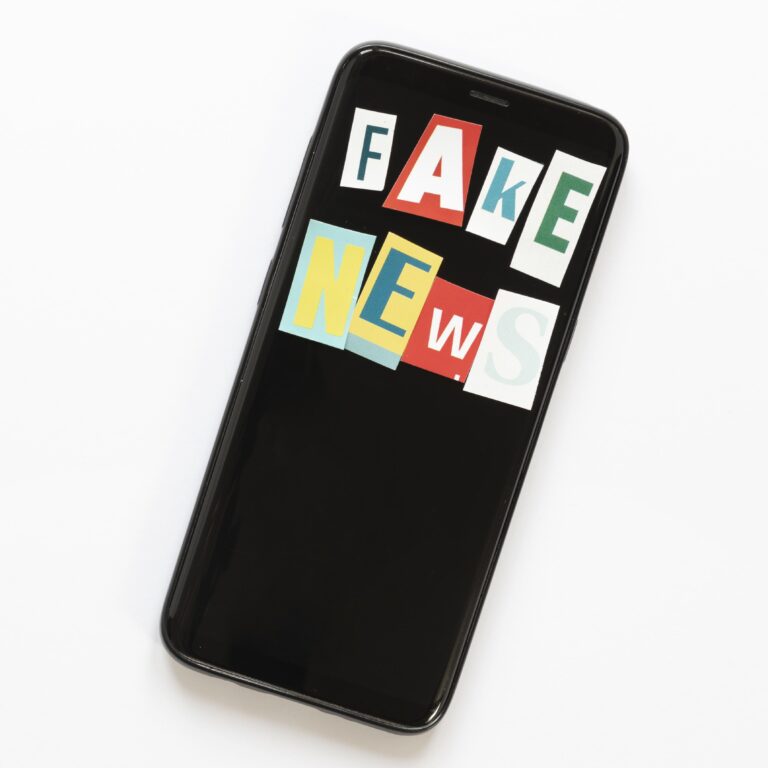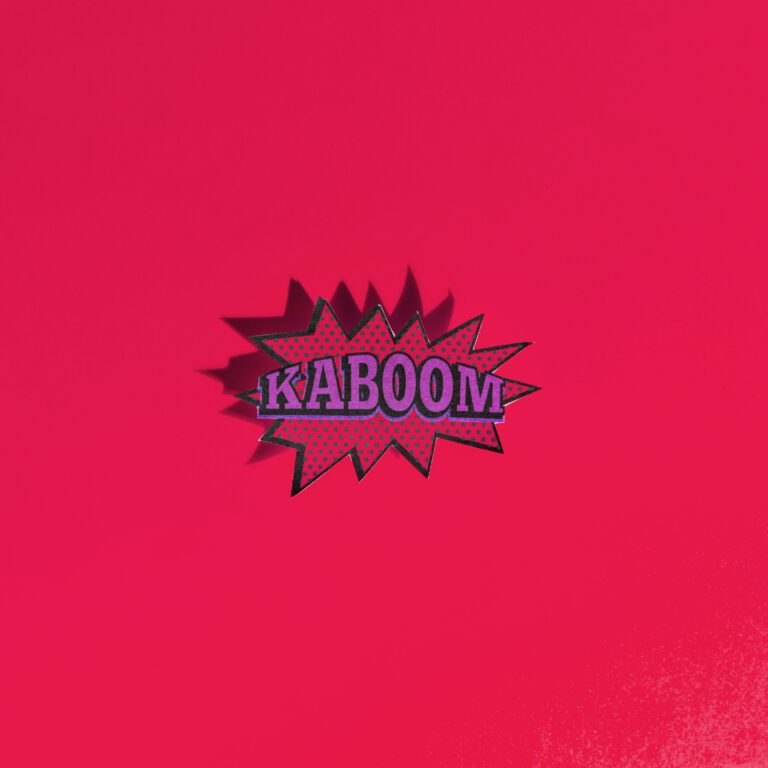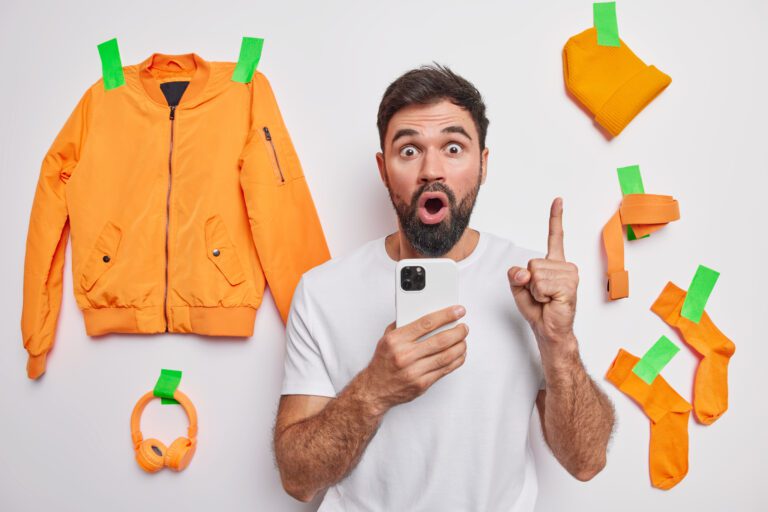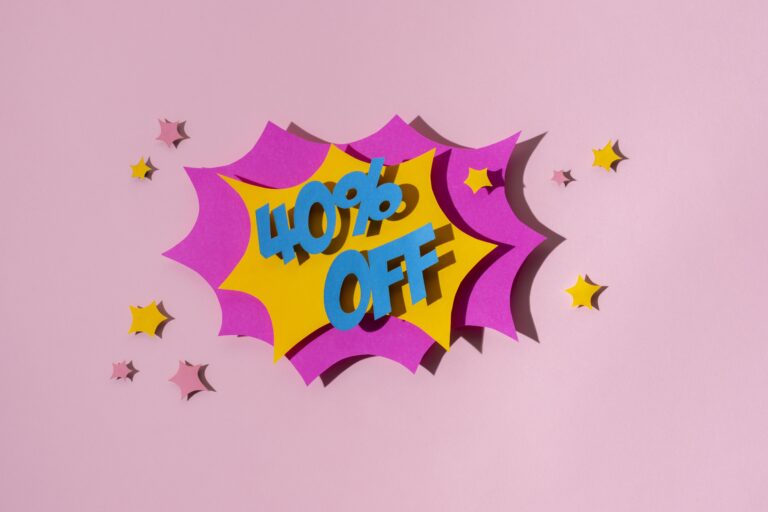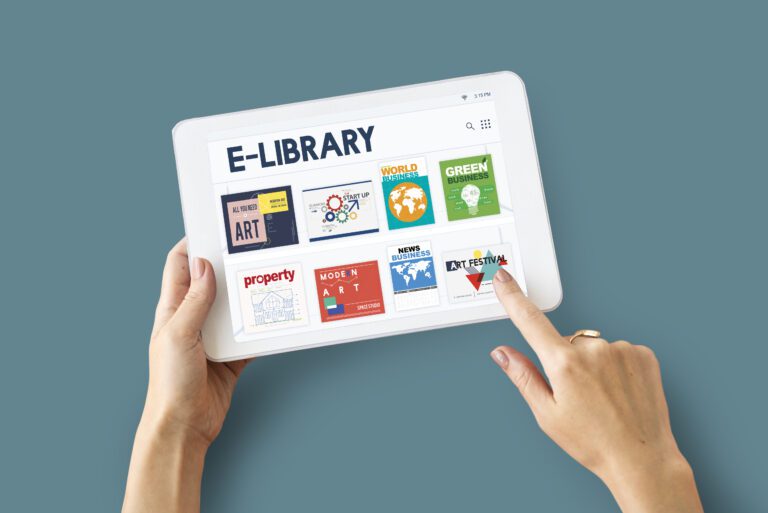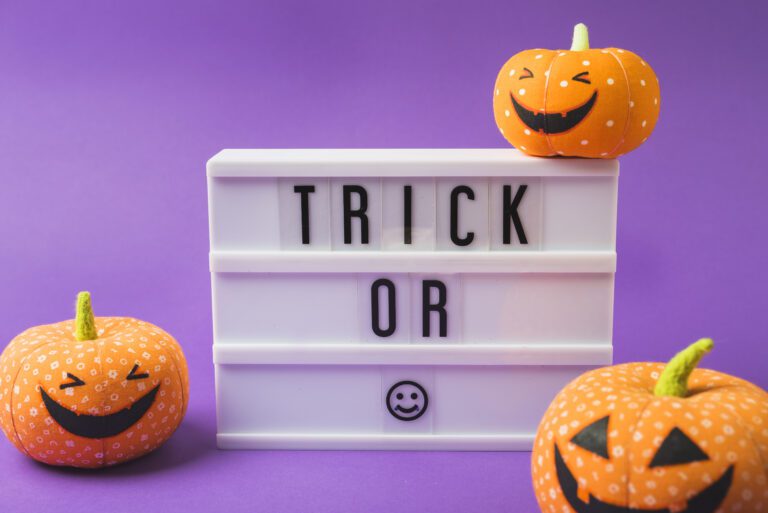Returning Visitor Popups: Re-Engaging Past Users Without Being Annoying

I hope you enjoy this blog post. If you want Hello Bar to grow your leads, click here.
Author:
Mansi
Published
June 9, 2025
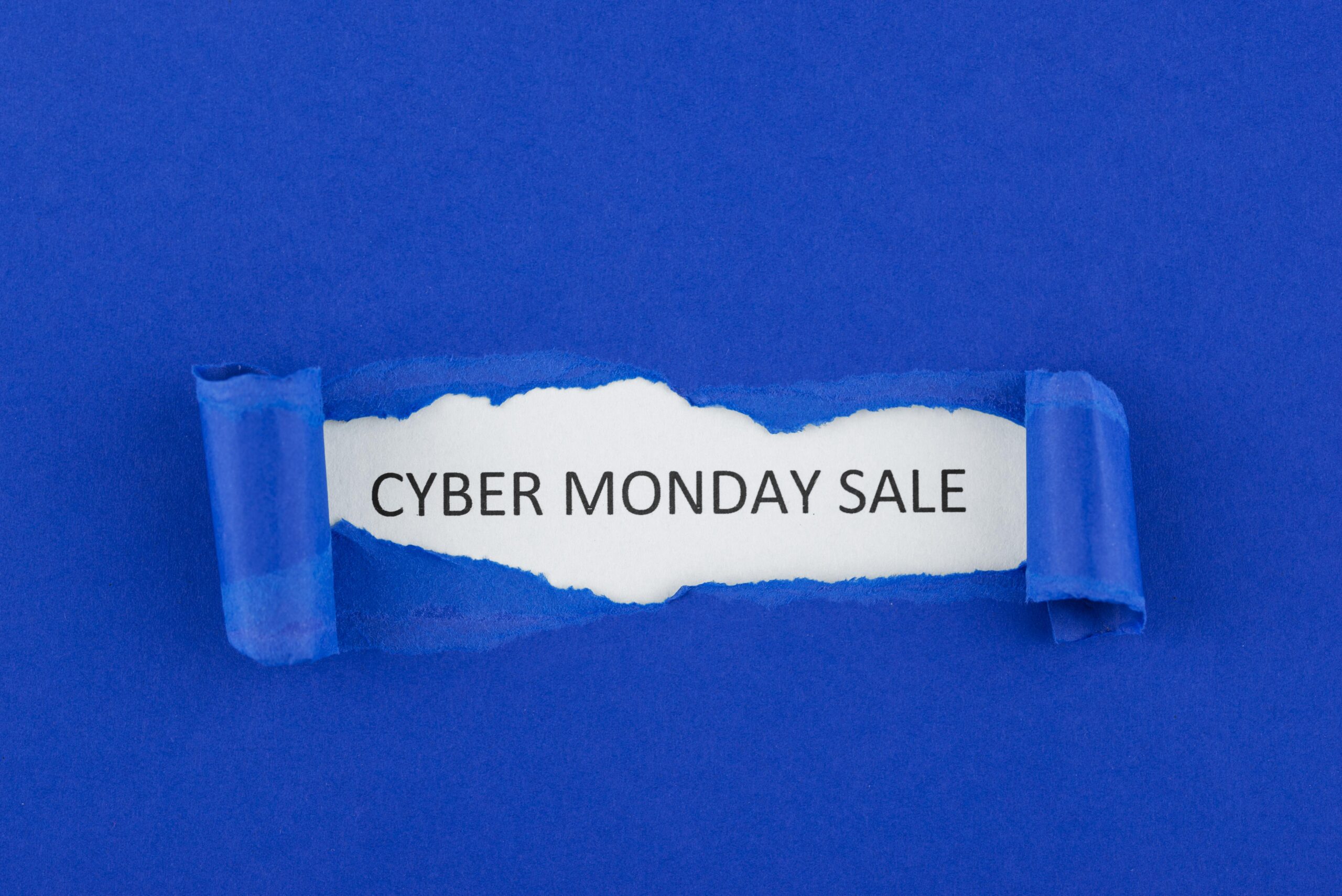
Table of Contents
Let’s get straight to it.
If someone visits your site more than once, that means something.
They didn’t land there by accident. They came back. Maybe they remembered your brand. Maybe they were curious. Maybe they just weren’t ready to buy the first time. Doesn’t matter why, what matters is they came back.
And now you’ve got another shot.
Returning Visitor Popups are how you make the most of that second chance.
They’re not magic. But when they’re done right, they work. Not because they’re flashy. But because they’re timely. Specific. And they show you’re actually paying attention.
Let’s break it down.
What Are Returning Visitor Popups?
They’re popups that only show up for people who’ve been to your site before. Not new folks. Just return visitors.
You set them up to trigger based on things like:
- Number of visits
- Time since last visit
- Location
- Device
- Pages visited
That’s it. No tricks. Just showing a message at the right time to someone who’s been here before.
The idea is to re-engage users who didn’t convert the first time. Or the second. Or maybe even the third. That’s why these are also called Re-Engaging Popups.
And yes, Returning Visitor Popups can work really well for repeat interest that hasn’t turned into action.
Also read about What Is A Popup And Why You Should Consider Using One For Your Website
Why Regular Popups Don’t Cut It
First-time visitors and returning users aren’t the same. So why show them the same popup?
If you hit a new visitor with a welcome discount, that’s fine. But if you show that same thing to someone who’s already seen it… you’re wasting their time. They’re not new. They don’t need the welcome mat again.
Returning Visitor Popups give you a shot to be more relevant.
They say: Hey, we remember you. We get where you’re at.
That’s how Re-Engaging Popups work best, not by being loud, but by being specific.
You already know they’re interested. Now use that.
Where Location-Based Targeting Comes In
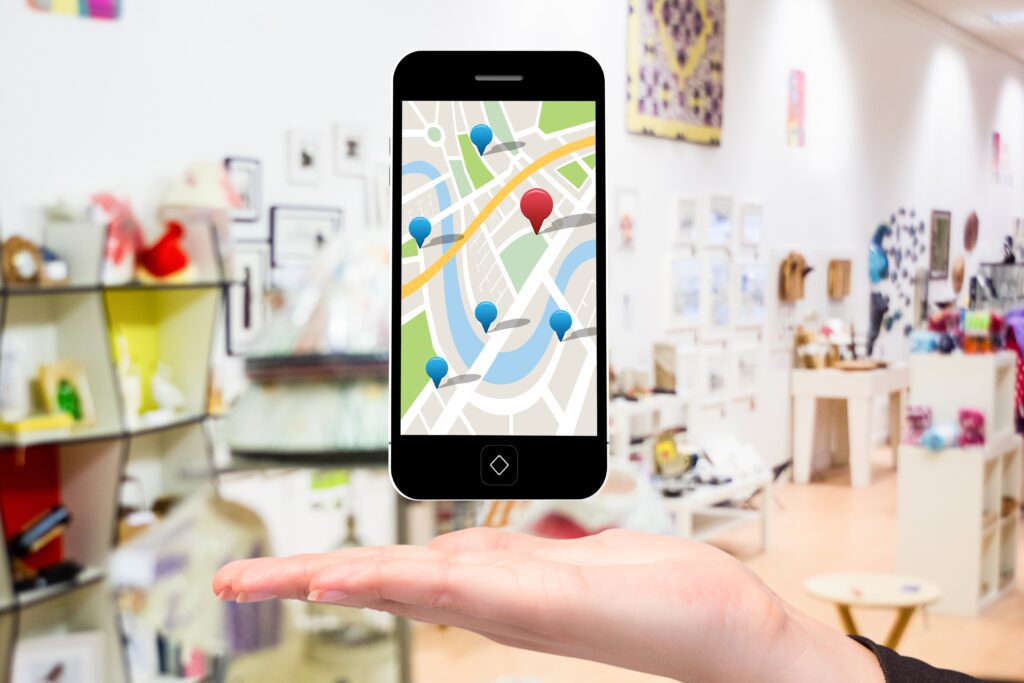
Now, here’s where it gets interesting.
Let’s say someone visits your store’s site from Delhi. They look around but don’t buy. Two weeks later, they’re back, but now they’re in Bangalore.
With a regular popup? You’d probably show them the same blanket message.
But with location-aware Returning Visitor Popups, you can tailor the message:
“Hey, we now ship to Bangalore in 2 days. Want fast delivery?”
That tiny shift in messaging can get a click. Even a sale.
Because it makes sense. It feels personal. Not because you said “Hi [FirstName]”, but because you paid attention to what changed.
That’s what Re-Engaging Popups should do: respond to what’s different now.
And when location is part of the message, Returning Visitor Popups can feel surprisingly helpful, not like a random popup thrown at everyone.
What Actually Makes These Work
It’s not about being clever. It’s about being useful.
Here are five things that make Returning Visitor Popups actually work:
1. Timing
Don’t throw the popup up right away. Wait. Give them a few seconds. Or better yet, trigger it based on behavior, like after they scroll 50%, or try to exit.
People don’t want to be interrupted before they’ve even looked around.
Re-Engaging Popups work best when they let the visitor breathe a bit first.
2. Message
Forget “Welcome Back!” unless it actually means something.
Use your message to reflect why they’re back. Or what they might be looking for now.
Examples:
- “Still comparing prices? We just added a price-match policy.”
- “We saved your cart from last time.”
- “Want help choosing the right plan?”
Each one assumes they’ve already seen the basics. Because they have.
This is why message clarity is a dealbreaker with Re-Engaging Popups.
3. Context
Did they visit your blog last time? Or a specific product page?
Then tailor the popup to that.
Example: If someone spent time reading your article on winter running shoes, your Re-Engaging Popup might say:
“Winter gear selling out fast. Still need running shoes?”
This shows you’re paying attention, without being creepy.
And it’s what separates decent Returning Visitor Popups from forgettable ones.
4. Location
As mentioned earlier, where someone is can change what they care about.
Local delivery. Currency. Store hours. Stock availability. Even weather-based promos.
If it matters to the user, it should matter to your popup.
This is one area where Returning Visitor Popups and Re-Engaging Popups overlap, especially if you’re combining behavior with real-world signals.
5. Simplicity
Don’t throw five offers at once. One message. One action. That’s it.
If you want to nudge a sale, give them a reason, not a wall of text.
Keep Re-Engaging Popups short. Helpful. Focused.
Mistakes to Avoid
There’s a fine line between helpful and annoying. Here’s how people mess this up:
1. Showing the same popup every time
That’s not re-engagement. That’s repetition.
You need to switch it up. Give them something new each time they come back, even if it’s just a slight variation.
Returning Visitor Popups can fatigue people fast if you don’t update them.
2. Asking for the same info again
If someone already gave you their email, don’t ask again. Use your system to check that. Nothing kills trust faster than feeling like you weren’t remembered.
3. Being too aggressive
No, they don’t want to “grab this offer before it disappears.” Especially not for the fifth time.
Re-Engaging Popups shouldn’t yell. They should help.
4. Ignoring the page context
Don’t show a “Need help choosing?” popup on the checkout page. That moment’s passed. Focus on what matters now.
This is where Returning Visitor Popups need better logic, not more graphics.
Real-World Use Cases
Let’s look at how different types of businesses are using Returning Visitor Popups and Re-Engaging Popups in a way that actually helps.
Local Retail
A clothing shop with an online store triggers a popup on visit #2 from someone in Jaipur:
“Drop by our new Jaipur store this weekend, 10% off if you show this screen.”
That’s location-based. That’s specific. That’s useful.
SaaS
A project management tool notices a visitor has returned three times but hasn’t signed up.
The Re-Engaging Popup?
“Need help setting up your first board? Book a free 15-min call.”
It’s not pushy. It meets them where they’re at.
Food Delivery
A visitor browsed the menu last week. Now they’re back at lunchtime.
The popup?
“Hungry? We’ve got a new lunch combo for [city name], available till 2 PM.”
Again, it’s about timing, context, and location. Not shouting.
And that’s what makes Returning Visitor Popups worth doing.
How to Actually Set These Up
You don’t need to hire an engineer. There are tools out there that let you create Returning Visitor Popups with logic like:
- “Show on 2nd or 3rd visit”
- “If time since last visit > 7 days”
- “Only for users in X city”
- “Only on product pages”
Just be careful with triggers. If you set the rules too broadly, you’ll annoy everyone. If you set them too narrowly, no one will see the popup.
Re-Engaging Popups work best when they’re set up like a conversation, not a billboard.
Test. Watch how people react. Adjust.
And always ask yourself: Would this message make sense to me if I saw it a second or third time?
If not, rewrite it.
Bonus Tips (If You’re Serious About Getting It Right)
- Use UTM tags to track which visits are from email vs. ads. Then tailor popups for each.
- Cap the frequency. Don’t show a popup every time they return.
- Test different messages for new vs. repeat buyers. Someone who bought once isn’t “new” anymore.
- Combine with session storage. Save their cart, save their last view, save their filters.
- Let them close it easily. No tricks. No hiding the X.
These little tweaks are what make your Re-Engaging Popups feel like a helpful reminder, not an interruption.
And over time, smart Returning Visitor Popups can quietly lift your conversions, without screaming.
One Last Thing
Returning visitors are telling you something: I’m still thinking about this.
Re-Engaging Popups are your way to say, Yeah, I see that. Let me help.
You don’t need to be clever. You just need to be useful.

